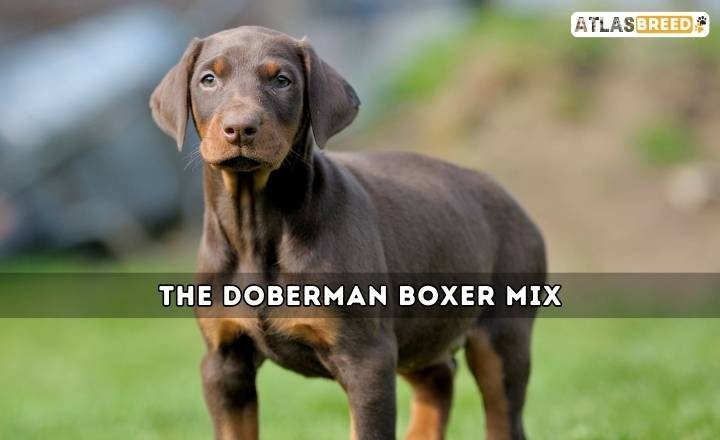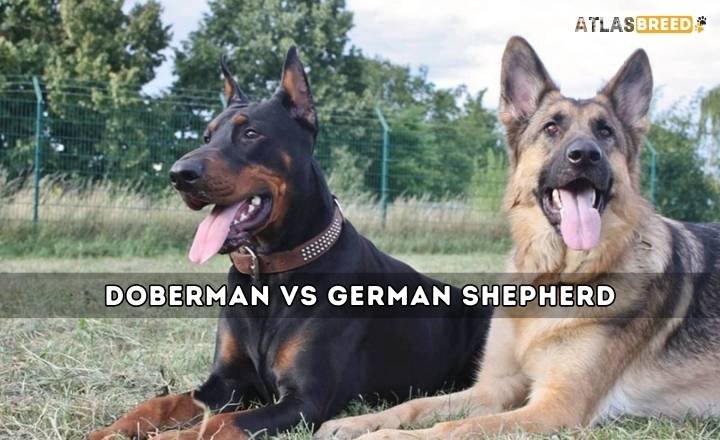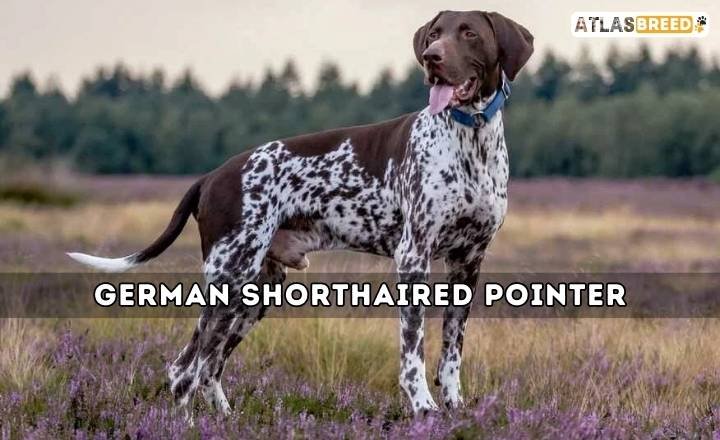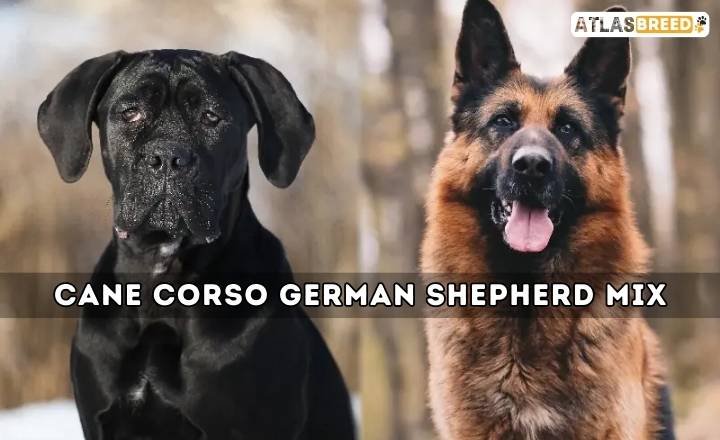When it comes to the Australian Shepherd, one of the most captivating aspects is undoubtedly its vibrant array of colors. Often seen prancing through fields or herding sheep with a spirited energy, these dogs possess a stunning coat that reflects their dynamic personalities.
From striking merle patterns to rich solid hues, the variety in Australian Shepherd colors not only enhances their beauty but also speaks volumes about their lineage and breeding practices.
Standard Australian Shepherd Colors
When it comes to Australian Shepherd colors, the breed showcases a rich tapestry of hues that reflect its vibrant personality. The most common colors include blue merle, red merle, black, and red. Blue merle is particularly striking with its unique marbling effect combining various shades of gray and black, often enhanced by mesmerizing blue eyes.
Black
The black coloration in Australian Shepherds is one of the breed’s most striking features, embodying a rich heritage and versatility. This color can manifest as solid black or as part of a merle pattern, creating a visually captivating contrast against the breed’s signature white and copper markings.
These combinations not only enhance the dog’s aesthetic appeal but also highlight its dynamic personality intelligence, energy, and devotion.
Black And White
Among the diverse spectrum of Australian Shepherd colors, black and white stand out for their striking contrast and classic appeal. This color combination is not just visually captivating; it also embodies a unique personality that many enthusiasts find irresistible.
The bold black coats serve as a perfect canvas for the bright white markings, often accentuating features like the muzzle, paws, and chest. Such distinct patterns can vary widely between individuals, making each dog uniquely beautiful.
Black And Tan
Standard Australian Shepherds are celebrated for their stunning array of colors, and the black and tan variation stands out with its striking contrast.
This color combination is characterized by a sleek black coat accented by rich tan markings on the eyebrows, cheeks, legs, and underbelly. The boldness of these colors not only enhances the breed’s athletic silhouette but also reflects their playful yet sophisticated demeanor.
Black Tricolor
The Black Tricolor pattern in Australian Shepherds is a striking display of color that captivates dog lovers and enthusiasts alike. Characterized by its rich black base, this coloration features distinct tan markings on the eyebrows, cheeks, legs, and underbelly, offering a beautiful contrast that highlights the breed’s expressive features.
Blue Merle
The blue merle coat of the Australian Shepherd is both striking and distinctive, showcasing a mesmerizing blend of gray and black hues that create a beautifully marbled appearance. This color pattern is not just visually appealing; it also underscores the breed’s unique genetics.
The merle gene causes a dilution of color, leading to variations that can range from a light silvery-blue to deeper slate shades, often interspersed with bold patches or spots of solid black. This stunning coloration sets blue merles apart in competitions and everyday settings, capturing the attention of dog lovers everywhere.
Also Read: The 4 Striking Japanese Akita Colors And The Genetics Behind Them
Blue Merle Bicolor
The Blue Merle Bicolor coat of the Australian Shepherd is a stunning manifestation of both beauty and functionality. Characterized by its striking combination of a silvery-blue merle pattern, interspersed with patches of solid color often white or tan this coloration not only captivates dog enthusiasts but also highlights the breed’s unique genetics.
Blue Merle Tricolor
The tricolor aspect emerges as classic tan and white markings contrast beautifully against the dynamic backdrop of blue merle, accentuating features like the eyebrows and paws. This unique blend not only makes them visually arresting but also speaks to their heritage as working dogs originally bred for herding.
Red
The red variation of the Australian Shepherd is a striking and popular choice among enthusiasts. Red Australian Shepherds can present in several patterns, including solid red, red merle, and red bi-color.
Each of these variations adds a unique flair to their appearance. The merle pattern is particularly sought after for its eye-catching marbled effect, where swirls of darker hues blend effortlessly with the base red coat, creating an exquisite visual impact.
Red And White
The Red and White Australian Shepherd is a stunning variation that captivates many dog lovers with its striking appearance and unique charm. This color combination is characterized by a rich, coppery red coat complemented by pristine white markings, which can vary greatly in pattern and placement.
Unlike the traditional black and white or blue merle variants, the red and white version exudes an earthy elegance, making it equally popular in both working roles and as beloved family pets.
Red Tricolor
Red Tricolor Australian Shepherds are a striking representation of the breed’s diverse palette. This color variation features a rich, rust-colored base complemented by crisp white markings and jet-black accents, blending seamlessly to create an eye-catching visual appeal.
The unique interplay between these colors not only enhances their physical beauty but also signifies the genetic diversity within the breed, appealing to enthusiasts and potential owners alike.
Red Merle
This color pattern features a base coat of rich, warm red overlaid with lighter merling patterns that can vary from pale copper to creamy white. Unlike other breeds where solid colors may dominate, Australian Shepherds embrace this chaos of color, each individual showcasing a distinctive appearance that speaks volumes about genetic diversity.
Red Merle Bicolor
The Red Merle Bicolor Australian Shepherd is a striking representation of one of the breed’s most unique color variations. This captivating coat features a patchwork of red merle patterns combined with solid white markings, creating a visually arresting look that stands out in any setting.
The interplay of muted reds and rich copper tones showcases the breed’s natural beauty, while the bicolor pattern adds an element of sophistication and elegance. This aesthetic appeal is more than skin deep; it reflects the robust genetics that contributes to each dog’s individuality.
Also Read: 21 Whippet Colors And Unique Markings
Red Merle Tricolor
Characterized by its unique blend of reddish-brown merling, this color showcases patches of darker hue interspersed with lighter shades, creating a visually dynamic coat. When combined with classic tricolor markings black, white, and tan the Red Merle emerges as an eye-catching example of genetic diversity in this breed.
Non-standard Australian Shepherd Colors
While the traditional color palette of Australian Shepherds features merle patterns and solid colors like black, red, and blue, a fascinating array of non-standard hues is rapidly gaining recognition among enthusiasts.
Offbeat variations such as lavender merle and chocolate tri-color not only showcase the breed’s genetic diversity but also capture the hearts of those seeking distinctiveness in their canine companions. These unusual shades often emerge from rare gene combinations, making them both a visual delight and a testament to responsible breeding practices.
Yellow
This non-standard color exhibits a soft, sun-kissed appearance that can range from pale cream to a deeper golden shade, forming an alluring contrast against the breed’s trademark merle and black patterns. Although not officially recognized by major kennel clubs, yellow Australian Shepherds captivate dog lovers with their unique beauty and charm.
White
The Australian Shepherd is renowned for its striking coat colors, but the occurrence of non-standard colors like white brings a unique charm to these already captivating dogs.
While many may associate Australian Shepherds with combinations of black, blue merle, red merle, and red tri-color patterns, the presence of white especially as an overt color rather than just a marking captures attention. Breeders who work towards producing these rarer shades often contend with genetic complexities that can affect health traits too.
Sable
Sable is a unique color variation in Australian Shepherds that often goes unnoticed amid the more traditional shades. This captivating hue features a warm blend of fawn and black, creating a rich texture that enhances the breed’s natural beauty.
The sable pattern can range from light golden tones to deeper, mahogany shades, and it often manifests as an intricate gradient across the dog’s coat. What makes Sable particularly fascinating is its dynamic nature; as these dogs age, their coat color may subtly shift, giving them an ever-evolving appearance.
Also Read: 25 Most Beautiful Dog Breeds You Can Lay Your Eyes On
Brindle
Brindle is characterized by a striking pattern that features dark stripes over lighter hues, often producing an eye-catching appearance that sets these individuals apart from their more-traditional counterparts. This variation doesn’t just enhance visual appeal; it also sparks curiosity and conversation among dog enthusiasts and potential owners alike.
Fawn And White
This coloration, while considered non-standard in dog shows, is gaining popularity among enthusiasts who appreciate the breed’s allure beyond traditional hues. Fawn displays a soft blend of tan and cream tones, often accented with striking white patches that can highlight key features like the face and legs.
The gentle contrast between these shades exudes warmth and charm, making fawn-and-white Australian Shepherds particularly appealing to those seeking a companion with distinctive aesthetics.
Albino
Among the non-standard Australian Shepherd colors, the presence of albino individuals is particularly fascinating. Albino Australian Shepherds exhibit striking features that set them apart from their more traditionally colored counterparts. With a stark white coat devoid of pigment and piercing blue or even reddish eyes, these dogs can appear ethereally beautiful while drawing attention in any setting.
Health Concerns In Certain Australian Shepherd Coat Colors
Color Dilution Alopecia
Color dilution alopecia (CDA) is a notable health concern in certain Australian Shepherd colors, particularly those with a diluted coat like blue merle or pale cream. This genetic condition affects the hair follicles, resulting in patches of thinning fur and increased susceptibility to skin infections.
Owners may notice that their dogs develop spots of hair loss or even complete baldness in specific areas, often leading to discomfort and anxiety for both pet and owner alike.
Double Merles
Double merles, a genetic combination resulting in two copies of the merle gene, present unique health concerns that potential Australian Shepherd owners must consider. This coat color variant often exhibits strikingly beautiful patterns but is frequently linked to serious health issues such as blindness and deafness.
Conclusion
The diverse color palette of Australian Shepherds not only enhances their visual appeal but also reflects the breed’s rich heritage and unique genetic background. From striking merles to solid colors, each variation contributes to the individual character of these intelligent and energetic dogs.
It is essential to remember that while color may be a significant factor in choosing an Australian Shepherd, temperament and health should remain paramount in any decision-making process.
FAQs – 19 Australian Shepherd Colors You Never Knew Existed
1. How many colors can an Australian Shepherd have?
Australian Shepherds are known for their variety of colors, and they can have combinations of 19 different hues. These colors can be solid, merle, or bi-color, and may feature different patterns or markings like tan points or white socks.
2. What are the most common Australian Shepherd colors?
The most common colors for Australian Shepherds include blue merle, red merle, black, and red. These colors can come with or without markings such as tan points or white patches.
3. Can Australian Shepherds have more than one color?
Yes, Australian Shepherds can have multiple colors, especially when they are merle-coated. For instance, they may have a combination of blue and gray or red and white, often with patterns like mottling, spots, or streaks.
4. What is the merle pattern, and how does it affect the color of an Australian Shepherd?
Merle is a genetic pattern that causes the dog’s coat to have a marbled appearance with patches of diluted color mixed with darker spots. The merle pattern can occur in both blue and red color variations. Blue merles tend to have a mix of blue, gray, and black, while red merles often feature a mix of red, copper, and tan.
5. Are there rare Australian Shepherd colors?
Yes, some of the rarer colors include “blue tri,” “red tri,” and “lilac merle.” These colors are less common, but they can occur in Australian Shepherds due to specific genetic combinations.
6. What are tri-colored Australian Shepherds?
Tri-colored Australian Shepherds have three distinct colors in their coat: a base color (such as black or red), tan points (typically on the eyebrows, legs, and chest), and white markings (often on the chest, face, and paws). Both blue and red merles can be tri-colored.






